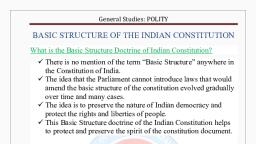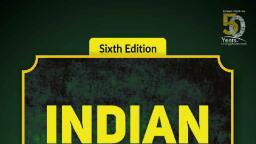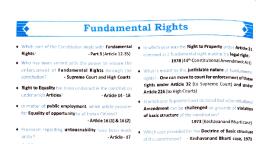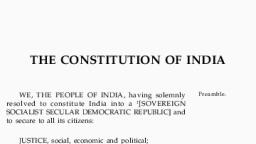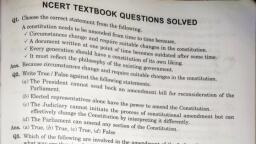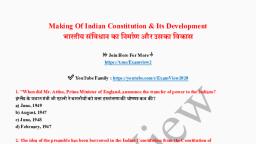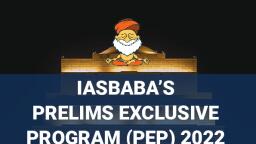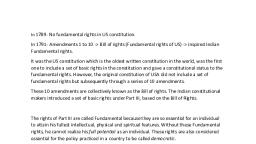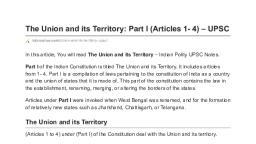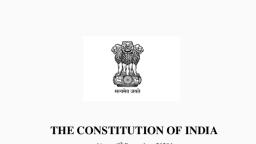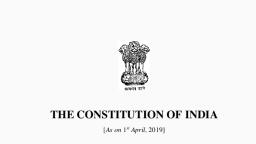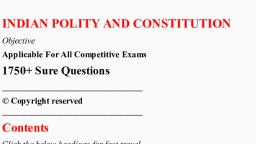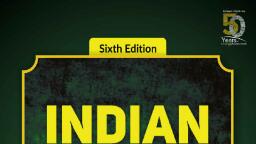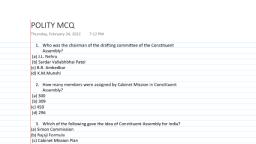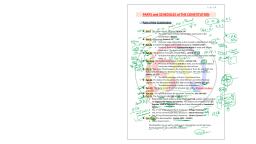Page 1 :
General Studies: Polity, , AMENDMENTS OF THE INDIAN CONSTITUTION, What is Article 368?, To define constitutional amendment process, Article 368 of Part XX, of Constitution of India provides for two types of amendments., 1. By a special majority of Parliament, 2. By a special majority of the Parliament with the ratification by half, of the total states, But, some other articles provide for the amendment of certain provisions, of the Constitution by a simple majority of Parliament, that is, a majority, of the members of each House present and voting (similar to the, ordinary legislative process). Notably, these amendments are not, deemed to be amendments of the Constitution for the purposes of Article, 368, , Types of Amendments in Indian Constitution, The list of types of amendments can be found below. There are three, ways in which the Constitution can be amended:, 1. Amendment by simple majority of the Parliament, 2. Amendment by special majority of the Parliament, 3. Amendment by special majority of the Parliament and the, ratification of at least half of the state legislatures, A brief description of the above types of amendments of the Indian, Constitution has been laid down below., 1. By Simple Majority of Parliament, A number of provisions in the Constitution can be amended by a simple, majority of the two houses of Parliament outside the scope of Article, 368. These provisions include:, EMAICE, , Page 1
Page 2 :
General Studies: Polity, , , , , , , , , , , , , , , , , , , , , , , Admission or establishment of new states., Formation of new states and alteration of areas, boundaries or, names of existing states., Abolition or creation of legislative councils in states., Second Schedule-emoluments,, Allowances, privileges and so on of the president, the governors,, the Speakers, judges, etc., Quorum in Parliament., Salaries and allowances of the members of Parliament., Rules of procedure in Parliament., Privileges of the Parliament, its members and its committees., Use of the English language in Parliament., Number of puisne judges in the Supreme Court., Conferment of more jurisdictions on the Supreme Court., Citizenship-acquisition and termination., Elections to Parliament and state legislatures., Delimitation of constituencies., Union territories, Fifth Schedule-administration of scheduled areas and scheduled, tribes., Sixth Schedule-administration of tribal areas., , 2. By Special Majority of Parliament, , , The majority of the provisions in the Constitution need to be, amended by a special majority of the Parliament, that is, a majority, (that is, more than 50 percent) of the total membership of each, House and a majority of two-thirds of the members of each House, present and voting. The expression ‘total membership’ means the, total number of members comprising the House irrespective of the, fact whether there are vacancies or absentees., , EMAICE, , Page 2
Page 3 :
General Studies: Polity, , , The provisions which can be amended by this way include, , 1. Fundamental Rights;, 2. Directive Principles of State Policy; and, 3. All other provisions which are not covered by the first and third, categories., 3. By Special Majority of Parliament and Consent of States, Those provisions of the Constitution which are related to the federal, structure of the polity can be amended by a special majority of the, Parliament and also with the consent of half of the state legislatures by a, simple majority. If one or some or all the remaining states take no action, on the bill, it does not matter; the moment half of the states give their, consent, the formality is completed. There is no time limit within which, the states should give their consent to the bill. The following provisions, can be amended in this way:, , , , , , , , , , Election of the President and its manner., Extent of the executive power of the Union and the states., Supreme Court and high courts., Distribution of legislative powers between, The Union and the states., Any of the lists in the Seventh Schedule., Representation of states in Parliament., Power of Parliament to amend the Constitution and its procedure, (Article 368 itself)., , EMAICE, , Page 3
Page 4 :
General Studies: Polity, , Constitutional Amendment Process, The procedure for the amendment of the Constitution as laid down in, Article 368 is as follows:, , , , , , , , , , , , , , , , , , An amendment of the Constitution can be initiated only by the, introduction of a bill for the purpose in either House of Parliament, (Lok Sabha & Rajya Sabha) and not in the state legislatures., The bill can be introduced either by a minister or by a private, member and does not require prior permission of the president., The bill must be passed in each House by a special majority, that, is, a majority (that is, more than 50 per cent) of the total, membership of the House and a majority of two-thirds of the, members of the House present and voting., Each House must pass the bill separately., In case of a disagreement between the two Houses, there is no, provision for holding a joint sitting of the two Houses for the, purpose of deliberation and passage of the bill., If the bill seeks to amend the federal provisions of the Constitution,, it must also be ratified by the legislatures of half of the states by a, simple majority, that is, a majority of the members of the House, present and voting., After duly passed by both the Houses of Parliament and ratified by, the state legislatures, where necessary, the bill is presented to the, president for assent., The president must give his assent to the bill. He can neither, withhold his assent to the bill nor return the bill for reconsideration, of the Parliament, After the president’s assent, the bill becomes an Act (i.e., a, constitutional amendment act) and the Constitution stands, amended in accordance with the terms of the Act., , EMAICE, , Page 4
Page 5 :
General Studies: Polity, Scope of Amendability in Indian Constitution, The present position is that the Parliament under Article 368 can amend, any part of the Constitution including the Fundamental Rights but, without affecting the ‘basic structure’ of the Constitution. However, the, Supreme Court is yet to define or clarify as to what constitutes the ‘basic, structure’ of the Constitution, , Article 13:, Facts:, 1. Deals with judicial review, 2. Judicial review is nowhere mentioned in the constitution., 3. Judicial review is the judiciary reviewing the acts of the, parliament and acts of the executives with the aims of, safeguarding the Rule of laws, constitutionalism,, fundamental Rights and check and balances the power of the, parliament., 4. Thus, if a law made by the parliament of the state, legislatures violates any provision of the constitution, the, Supreme court has the power to declare such a law invalid or, ultra vires, , Article 13 clauses, , , , , 13(1): All laws in force in the territory of India immediately before, the commencement of this Constitution, in so far as they are, inconsistent with the provisions of this Part, shall, to the extent of, such inconsistency, be void, 13(2): The State shall not make any law which takes away or, abridges the rights conferred by this Part and any law made in, contravention of this clause shall, to the extent of the, contravention, be void, , EMAICE, , Page 5
Page 6 :
General Studies: Polity, , , 13(3): In this article, unless the context otherwise requires law, includes any Ordinance, order, by-law, rule, regulation,, notification, custom or usages having in the territory of India the, force of law; laws in force includes laws passed or made by, Legislature or other competent authority in the territory of India, before the commencement of this Constitution and not previously, repealed, notwithstanding that any such law or any part thereof, may not be then in operation either at all or in particular areas., , However, it is not clear, whether the term “law” used here also includes:, 1. Amendment of the constitution, 2. Personal laws, According to the Bombay High court personal law will not come, within the definition of law under article 13 because, o Uniform civil code is yet to establish. It is made only a, directives under article 44, o Freedom to practice religion under article 25, , , , 13(4): Nothing in this article shall apply to any amendment of this, Constitution made under Article 368, Cases, , Verdict, , 1.Shakari Prasad Case, , Law under article 13 does not include, constitutional amendment and so, amendment cannot be challenge under, article 13, , 2.Golaknath case, , The power of judicial review is supreme, and so amendment can be challenged, under article 13., , EMAICE, , Page 6
Page 7 :
General Studies: Polity, 3.24th CAA(inserted, 13(4), , By exercising article 368 if an, amendment is brought, it cannot be, challenged by using article 13, , 4.Kesavananda Bharti, cases, , Amendment cannot be challenged by, using article 13., , EMAICE, , Page 7
